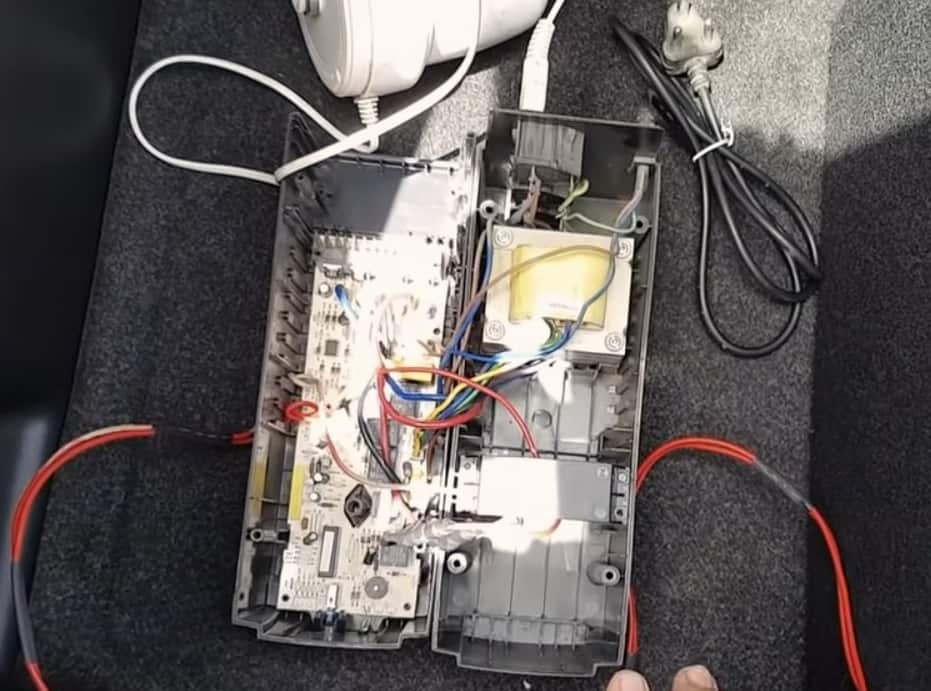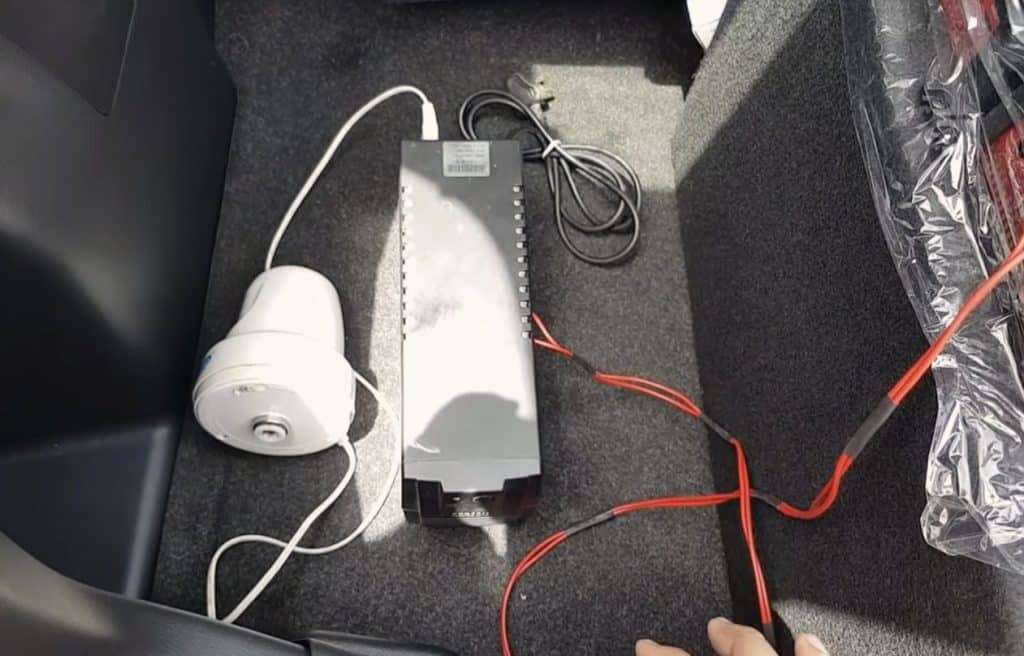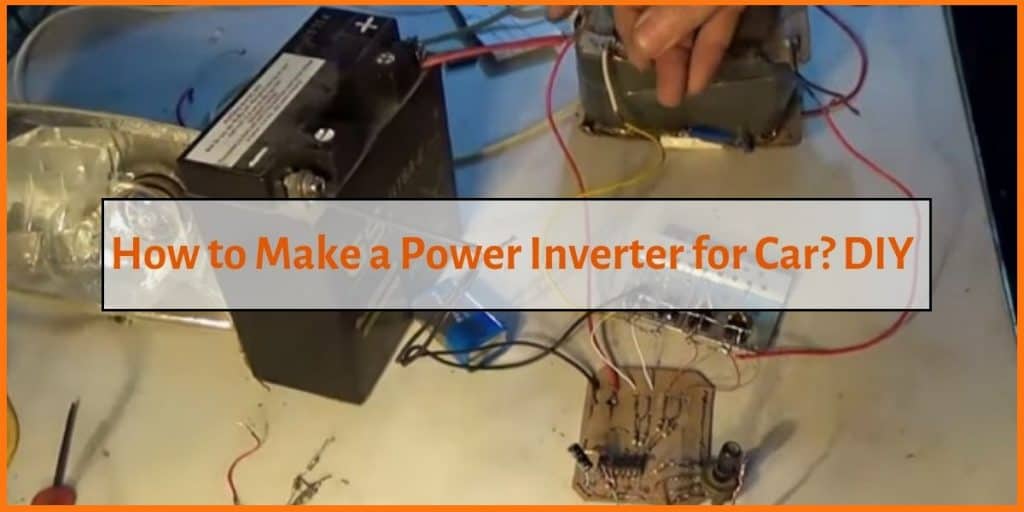How to Make a Power Inverter for Car? – Our DIY Guide
If you have a car or are at least interested in the world of electric mechanics, then you know about AC and DC power.
Similarly, at the very least, you should know how to make a power inverter for your car.
An inverter is an electronic device that converts 12V DC power from your car and converts it to 110V Ac power, which is what you get from the conventional power outlets.
Home UPS do exactly the same thing, and so, you can use the UPS as a perfect substitute for your car inverter. However, unlike an Inverter, the UPS will not use a car outlet but rather a 12-volt battery.

Table of Contents
Steps on Making a Power Inverter for Car
The first step to take when making a power inverter your car is to determine how you are going to hook it up with your car battery.
There are a plethora of ways of wiring your inverter to your battery, with the most popular one being that of attaching your inverter to the battery directly or by using a fuse panel.
Whatever method you choose to go with, ensure that you have sufficient knowledge on how to go about the wring system.
Choosing a Device to Work With-Choosing A Home UPS
As we had mentioned earlier, a home UPS can serve the same purpose as your car inverter, meaning you can use it as the perfect alternative to your car inverter.
However, understand that the UPS is specifically designed to work with a 12-v battery rather than a car outlet.
Nonetheless, you can still take your old home UPS and turn it into a power inverter.

Read more: How to Build DC to AC Power Inverters?
Adjusting your Home UPS
To use the UPS, you will have to adjust several setting. For starters, you will notice that only half of the outlets on the UPS draw power from the UPS, while the rest act as a regular surge strip.
As such, the first adjustment that you are going to make is rewiring the “surge” outlets, and this will make it easy for you to plug into the UPS power. The rewiring process will ensure that all your outlets on the UPS can receive power from the UPS system.
Next, you will need a car plug adapter that will make your UPS compatible with the car. Connect the car plug adapter to both battery adapters, but you should only do it after removing the battery.
Testing
To know whether your connection is successful, you will need to test the system by plugging the UPS. Here, you need to ensure that you do not overtax the system. Keep in mind that an inverter for your car is a modification and most of the motor vehicles are not designed to have an inverter used in them.
Overtaxing and stretching your UPS-inverter usually means that your car battery is getting depleted really fast, and often with unexpected results. You really would not want to get in the middle on nowhere in your next trip, and the best way to avoid that is to double check the output of your alternator before going in for a powerful alternator.
Final Modifications
It’s not uncommon to find UPS with buzzers, which can be quite annoying. While the purpose of the buzzer is to notify you when power is out and that you are on battery power, it serves no purpose on the inverter.
Gladly, you can overcome this annoying sound by unsoldering the buzzer from the circuit board.
Making the Inverter Small
Besides removing the buzzer, you might want to make the UPS a tad smaller as half of it is empty space due to the lack of a battery.
Some of the space-modifications you can make include moving the LED on the battery end to the power switch as they serve no use or an inverter.
Conclusion
Rather than going to purchase a power inverter for your car, you can challenge yourself with a DIY car inverter install.

